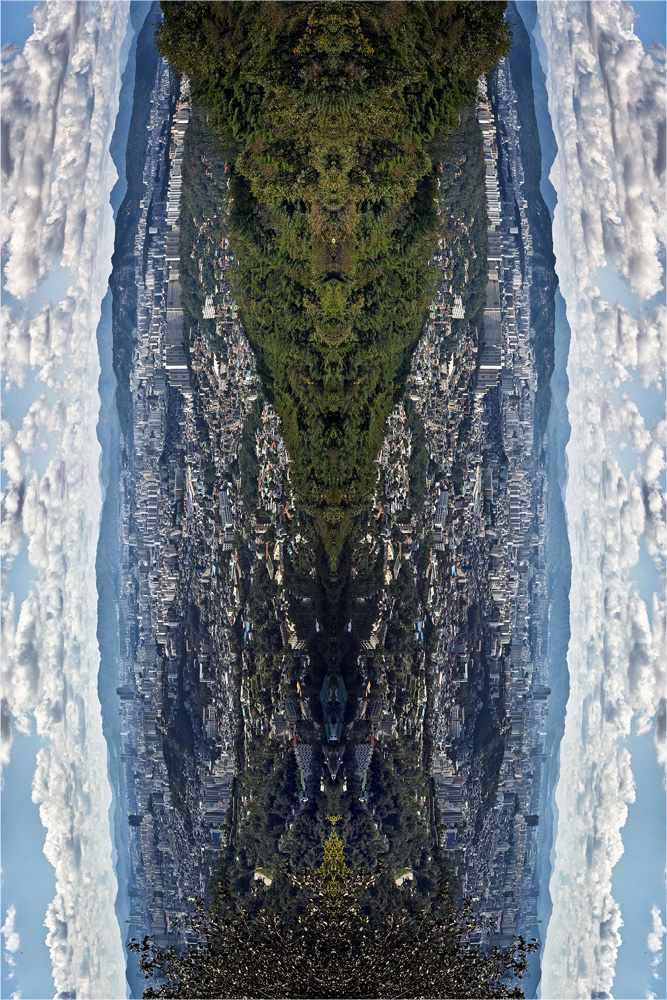Cartography is a delicate skill. Making maps requires careful charting of landmasses, rivers, mountains, and all kinds of terrain. Before satellite imagery, this was much more difficult. For instance, there is at least one island that appeared on maps for around 500 years, despite never existing at all.
The imaginary island went by many names, but it was most often called Hy-Brasil, or simply Brasil. (Not to be confused with the country of Brazil, which is unrelated.) The first recorded appearance of Hy-Brasil was on a map written in 1325. In this map, Hy-Brasil was a small island off the coast of Ireland. This location would be repeated in most of the maps featuring Hy-Brasil over the next few centuries.
Abraham Ortelius' atlas from 1570 shows the island of Hy-Brasil off the coast of Ireland. Courtesy of the Norman B. Leventhal Map Center at the Boston Public Library.
Hy-Brasil was the site of many myths. According to Irish legend, the island was perpetually cloaked in an impenetrable mist, which would only clear once every seven years. Many stories in Irish mythology take place on or near this island.
Many expeditions were launched in search of Hy-Brasil, and even as late as the 17th century people were hunting the seas in search of the mythical island. This might seem strange, as by that point hundreds of ships were crossing the Atlantic constantly. Yet, it was still appearing in maps two hundred years later.
From 1859, one of the last examples of Hy-Brasil is marked "highly doubtful." Courtesy of the Norman B. Leventhal Map Center at the Boston Public Library.
Why did it take so long for Hy-Brasil to disappear? There are a number of possible reasons, like tradition or superstition, that could have convinced mapmakers to keep including it. Another possibility is that mapmakers intentionally included a fake island to catch people copying their work. Whatever the reason, Hy-Brasil stayed on maps until 1859, long past when pretty much everybody knew it wasn't real.

 > 쇼핑하기 > hack by khemra > 풍경사진
> 쇼핑하기 > hack by khemra > 풍경사진
